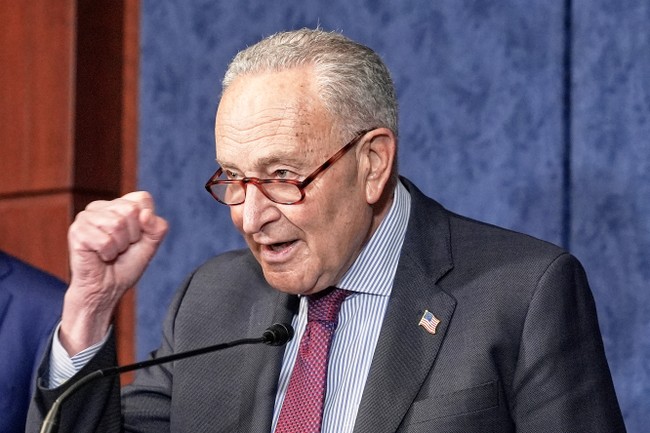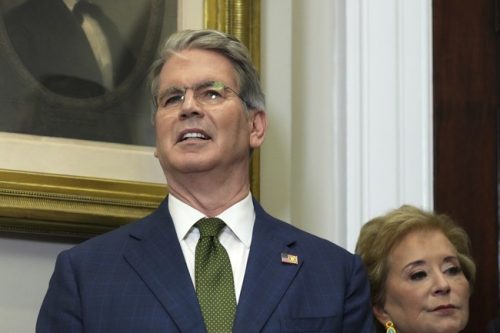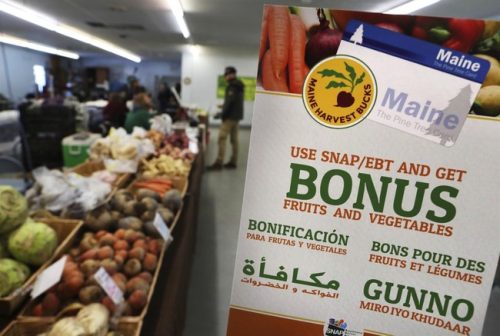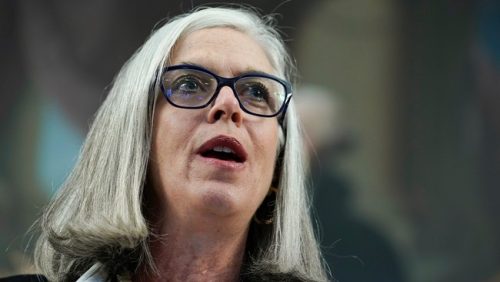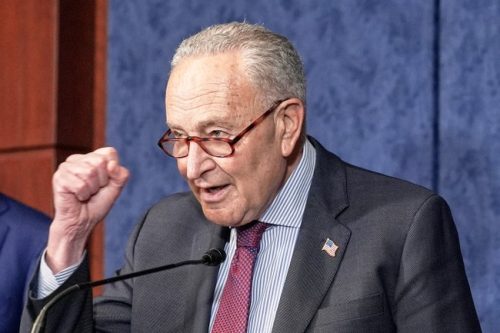The Schumer Shutdown drags on after Senate Democrats voted for the 12th time to keep the federal government closed, blocking funding and forcing a standstill in Washington. The Senate recorded a 54-46 vote against reopening, short of the 60 votes needed, and the shutdown has already stretched into its 22nd day with serious consequences for benefits and services. Republicans insist the impasse is the result of Democratic leadership priorities, and many Americans are feeling the fallout.
The Senate vote landed at 54-46, which is short of the 60 votes required to advance a funding measure. Republican senators largely supported reopening the government, but Democratic leadership held firm and the chamber failed to clear the threshold. That stalemate has become the defining fact of this shutdown.
BREAKING: Democrats vote to keep the government shutdown for the TWELFTH TIME pic.twitter.com/zaVr2dJCH3
— Breaking911 (@Breaking911) October 22, 2025
Washington has now watched the shutdown run for 22 days, making it the second-longest federal shutdown since 1981. The longest shutdown in modern memory lasted 35 days, a benchmark that now feels uncomfortably close. Families, federal workers, and local agencies are already adjusting budgets and plans as the calendar keeps moving.
Households that rely on nutrition programs are particularly exposed if the shutdown persists into November. Officials warn that as many as 42 million people could face interruptions to food stamp benefits next month, a disruption that would ripple through communities and state budgets. That kind of impact raises the stakes beyond Capitol Hill talking points and into kitchen tables across America.
Beyond nutrition assistance, the shutdown squeezes small contractors, delays permits, and complicates disaster responses at a time when agencies need consistent funding. State and local governments often absorb immediate costs, only to ask the federal government for relief later. Those cascading effects are easy to overlook in Senate theater but painful on the ground.
When questioned about the human cost of the shutdown, Democrat Whip Rep. Katherine Clark said: “Shutdowns are terrible. Of course, there will be families that are going to suffer. We take that responsibility seriously, but it is one of the few leverage times we have.” That candid line exposed the choice Democrats are making: accept political risk or accept the real-world harm of a prolonged shutdown. Voters will judge whether that calculus is worth it.
The White House has publicly criticized Democratic leaders for extending the stalemate and called for a return to funding the government. Statements from administration spokespeople framed the shutdown as a choice, not an inevitability, pointing fingers at the Democratic Senate majority. Messaging has been sharp, and both sides are preparing for a long public fight.
Republican senators argue that reopening the government was possible and that Democrats opted to use leverage rather than compromise. That posture fits a broader narrative about priorities in the majority party, a narrative Republicans are pushing hard with voters and on social platforms. For many conservative voters, the shutdown is emblematic of Democratic overreach and misplaced priorities.
Meanwhile, federal workers and contractors are stuck in limbo, balancing bills and bank accounts against paychecks that could be delayed or reduced. Agencies are operating with makeshift plans and uncertain payrolls, and morale is fraying where work continues but pay does not. The human toll is not theoretical; it is manifest in closed offices, postponed projects, and anxious calls to human resources.
State agencies are bracing for the trickle-down effects if federal support dries up for extended programs and grants. Education, public safety, and social services often rely on federal streams that flow through the budget calendar. Disruptions force difficult choices for governors and local leaders who cannot print money to backfill federal cuts.
In the weeks ahead, expect the narrative battle to intensify: Democrats defending leverage, Republicans highlighting real-world harm, and swing voters weighing the consequences. The practical question is whether either side will bend enough to end the shutdown before more benefits lapse and more families feel tangible pain. Until that happens, the label “Schumer Shutdown” will stick in conservative messaging as the shorthand for who is being blamed on the right.
Editor’s Note: The Schumer Shutdown is here. Rather than put the American people first, Chuck Schumer and the radical Democrats forced a government shutdown for healthcare for illegals. They own this.
Help us continue to report the truth about the Schumer Shutdown. Use promo code POTUS47 to get 74% off your VIP membership.

